If you’re thinking about starting your strength training journey in 2025—whether it’s your first time picking up weights or a commitment to consistency—you’re about to step into something transformative. Strength training isn’t just about lifting more weight; it’s about building a healthier, more resilient version of yourself.
Let’s walk through the five key things you should know to make the most of this new adventure, whether you're training with free weights, resistance bands, or just your body weight.
1. Focus on Technique First—Not Weight
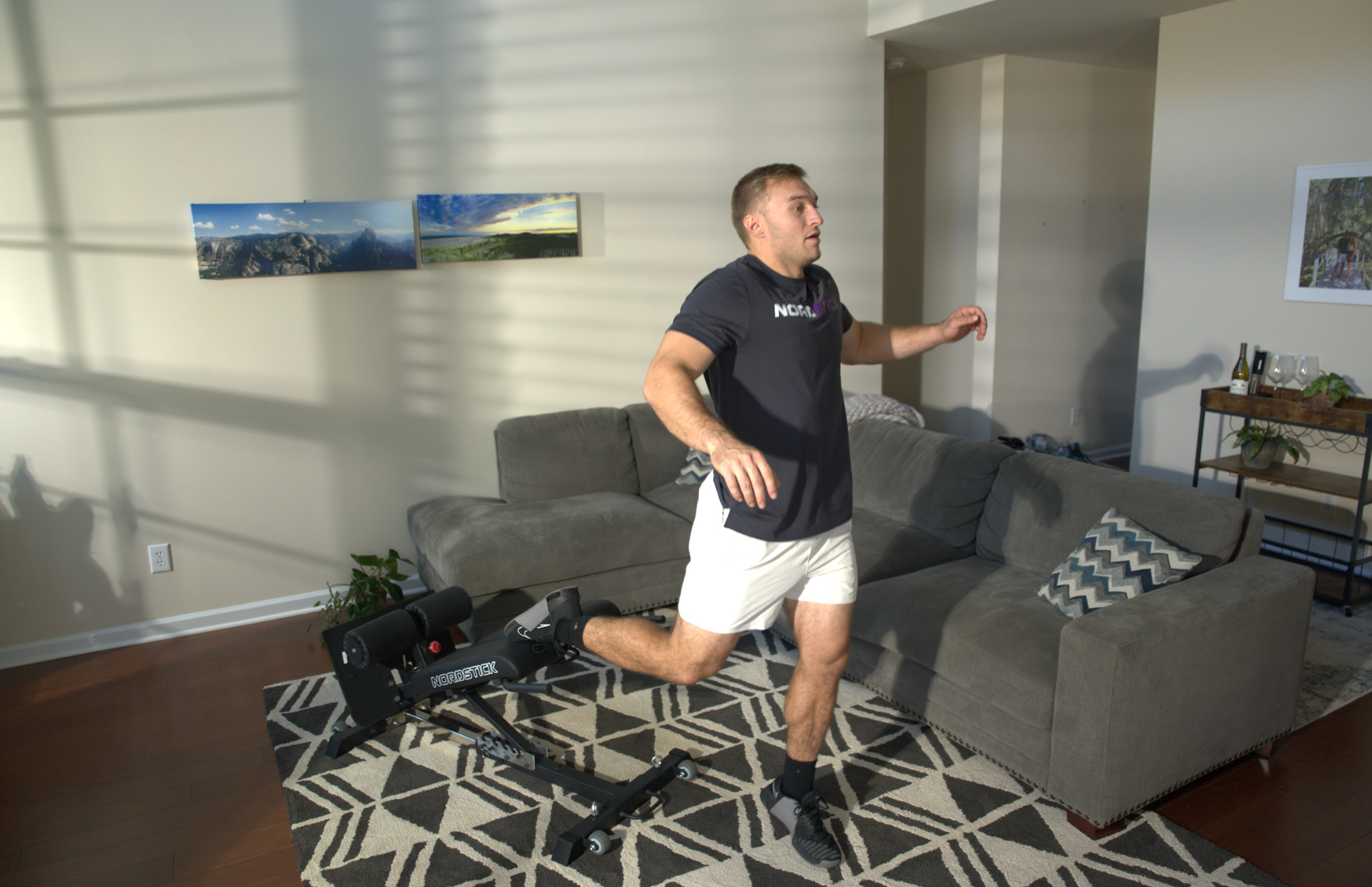
Proper technique is everything when it comes to strength training. It’s better to lift lighter weights with good form than to stack on more weight and risk injury. Proper form ensures you’re working the correct muscle groups while protecting your joints and spine.
For exercises like squats and push-ups, keep your feet shoulder-width apart and maintain a straight line from your rib cage to your hips.
Use slow, controlled movements during the eccentric phase (lowering) to engage more muscle fibers.
👉 Read next: 5 Daily Strength Exercises to Stay Functional and Injury-Free
2. Start with the Basics: Body Weight First
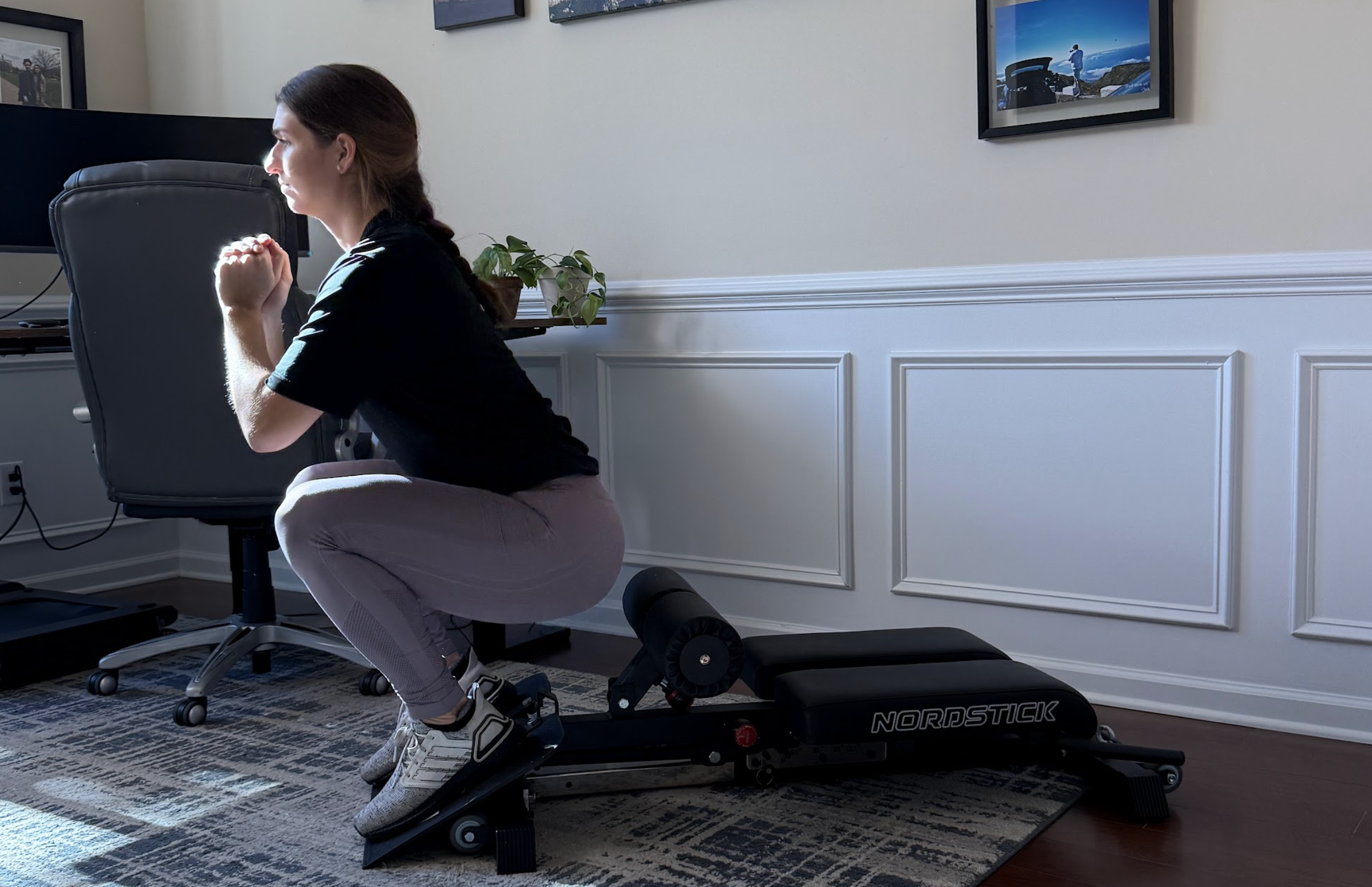
Before jumping into resistance machines or heavier weights, master body weight exercises. Moves like push-ups, squats, and planks strengthen major muscle groups and lay the foundation for future progress.
Why this matters: Body weight exercises teach you proper technique while helping you develop muscular strength and neuromuscular adaptations (your brain and muscles working in sync).
Try these beginner-friendly body weight exercises:
💪 Squats (12–15 reps)
💪 Push-ups (start on your knees if needed, 8–12 reps)
💪 Planks (hold for 20–30 seconds)
👉 Read next: 10-Minute Morning Routines for Parents
3. Work in the Right Rep Range for Strength Gains
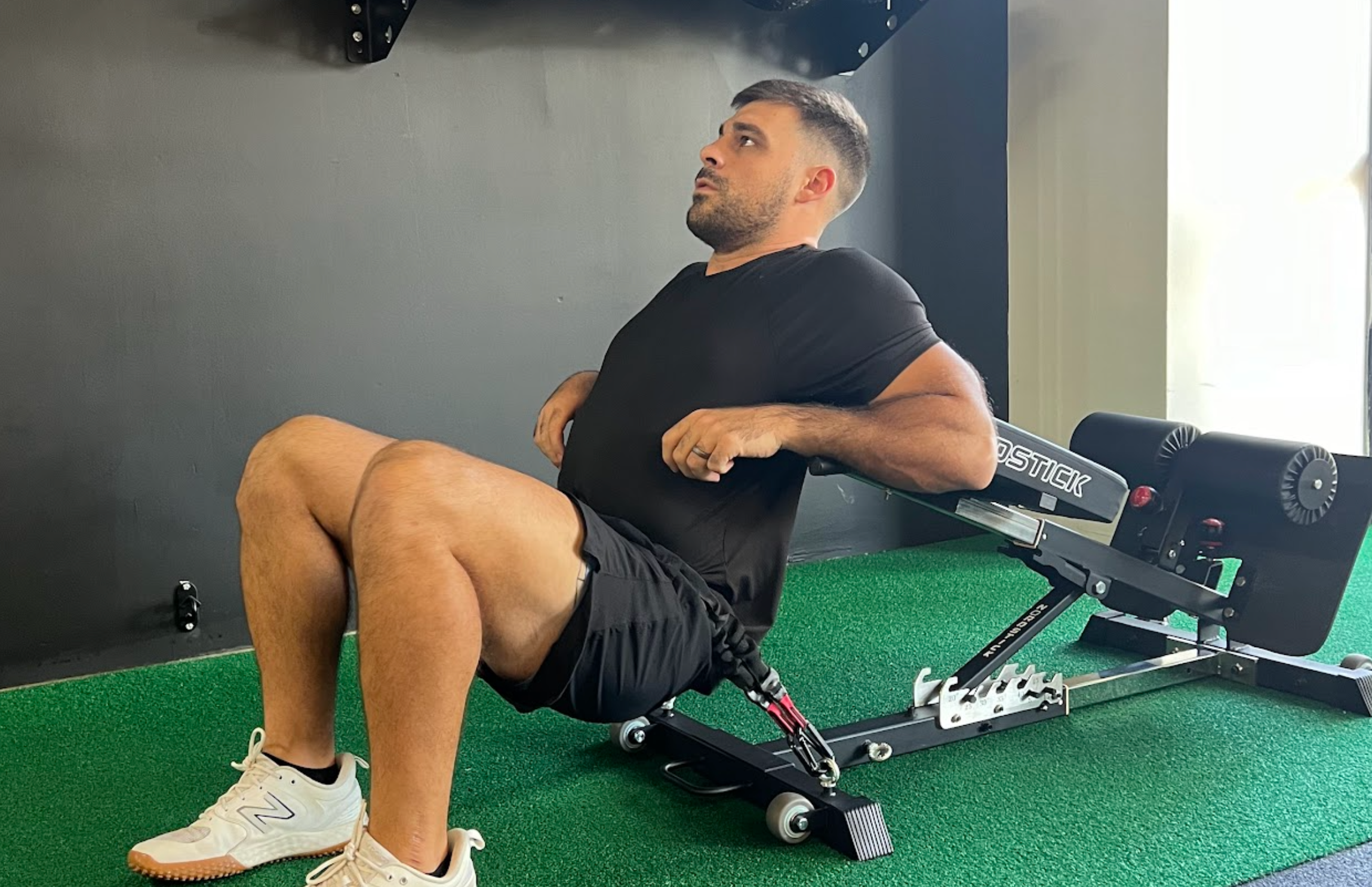
The number of repetitions and load matter when building strength. Most beginners will see “newbie gains” by sticking to 5–10 reps per set with moderate resistance. This range is ideal for muscle gain, proper technique, and avoiding burnout.
Use resistance bands or free weights to progress gradually.
Avoid overtraining the same muscle group—alternate between upper body, lower body, and core exercises.
Sample Split for Beginners:
Monday: Upper body exercises (push-ups, resistance band rows)
Wednesday: Lower body exercises (squats, lunges)
Friday: Core strength (planks, bird-dogs)
👉 Read next: Strength Training for Basketball Players: Improve Speed and Vertical Jump
4. Lean on Free Weights and Resistance Bands
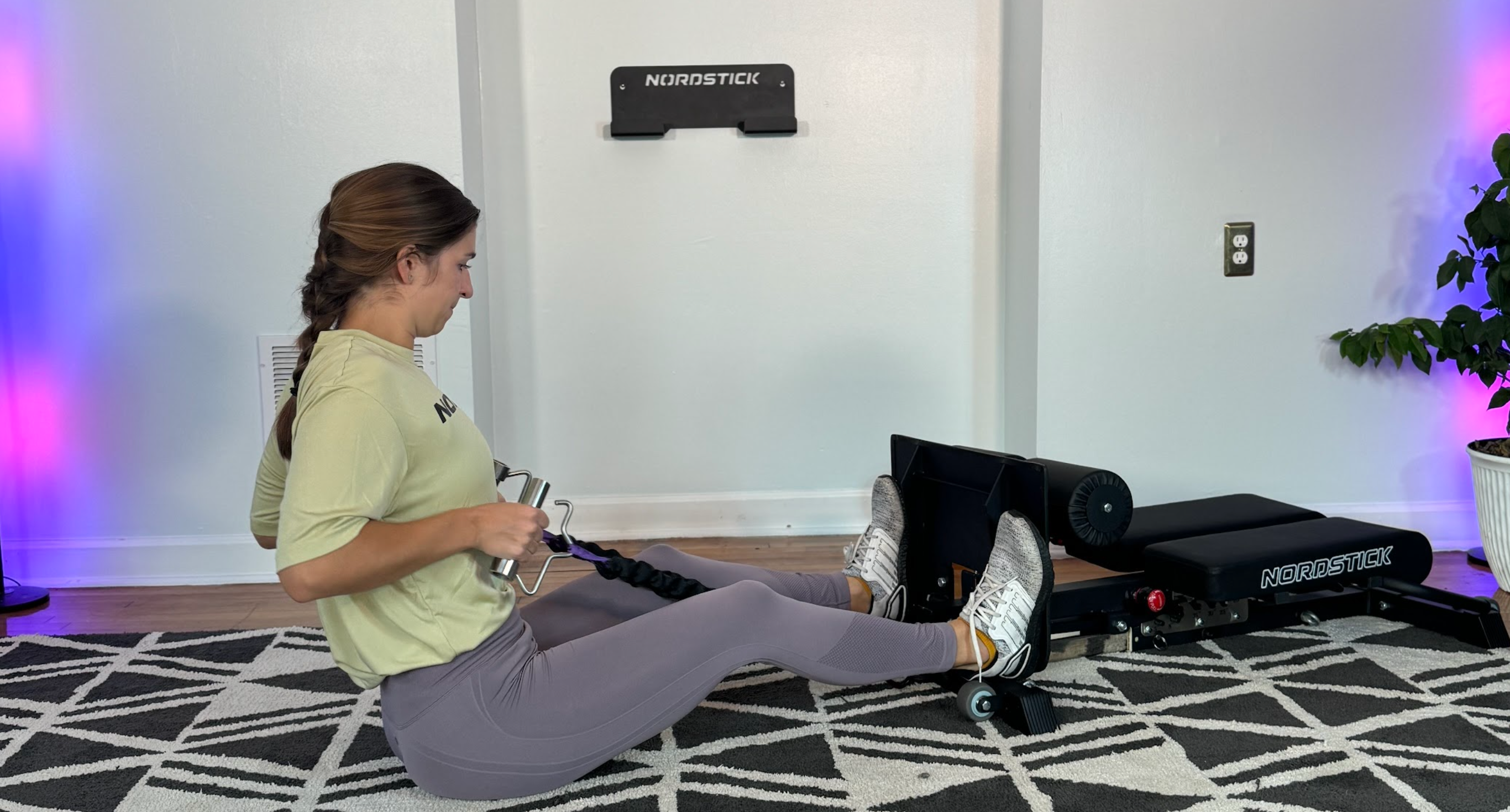
Free weights like dumbbells and tools like resistance bands allow for natural movement patterns and activate stabilizing muscles, which are essential for functional strength. Tools like the NordBench and OmniBands help you perform exercises like split squats, resistance rows, and curls with better control.
Why Free Weights?
💡 They engage your core and smaller muscles to improve balance and body control.
💡 They’re versatile—no need for bulky weight machines.
Must-Try Exercise: Bicep Curls with the NordBench Band System. Perfect for developing upper body strength without excessive strain.
👉 Read next: Strengthen and Sculpt: 5 Must-Do NordBench Exercises
5. Be Patient—Progress Comes with Consistency
Building strength isn’t a sprint—it’s a marathon. Results take time, but consistency builds stronger muscles, boosts your metabolism, and improves your quality of life. Set SMART goals (Specific, Measurable, Achievable, Relevant, Time-bound) to track your progress and stay motivated.
💡 Celebrate small wins, like completing your first set of 10 push-ups.
💡 Prioritize rest days to avoid overuse injuries and allow muscle tissue to recover.
💡 Mix in aerobic exercise, like brisk walking or cycling, to support cardiovascular health and burn calories.
Make 2025 the Year You Start Strength Training
Strength training can transform your body and mind, whether you’re building muscle mass, boosting bone density, or improving your everyday activities. Start small, focus on proper form, and celebrate the progress you make along the way.
Ready to set yourself up for success? We have tools like the NordBench to help you perform foundational strength training exercises safely, efficiently, and at your own pace, regardless of your fitness level.
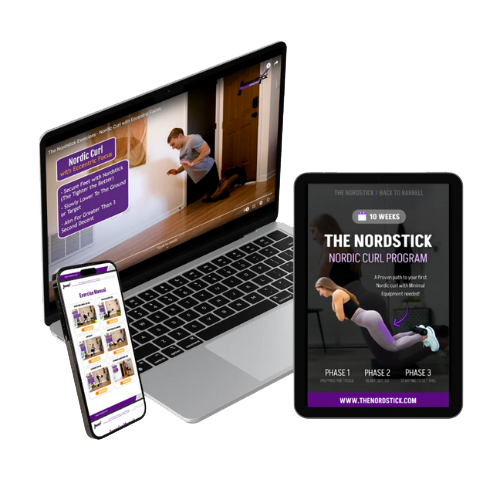


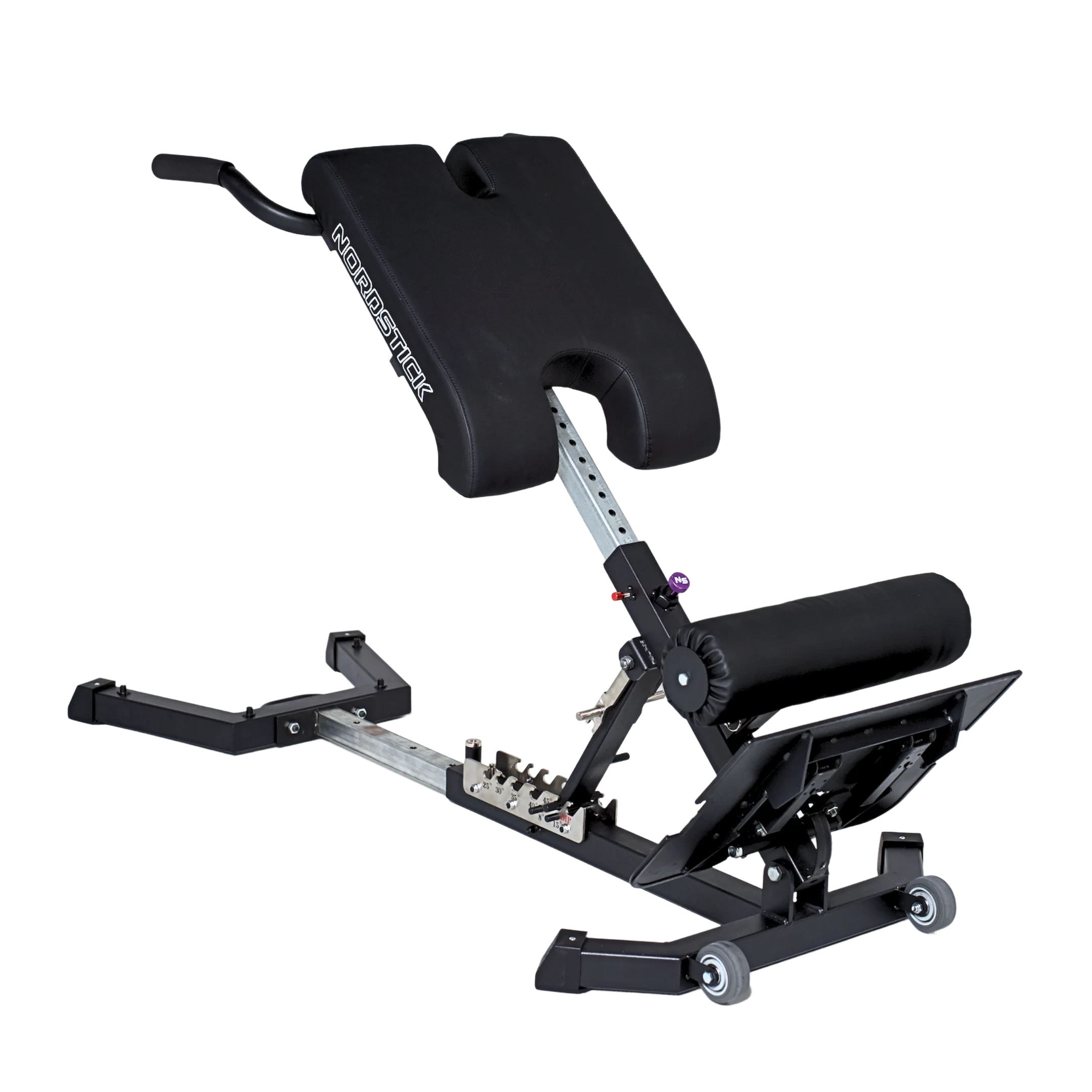
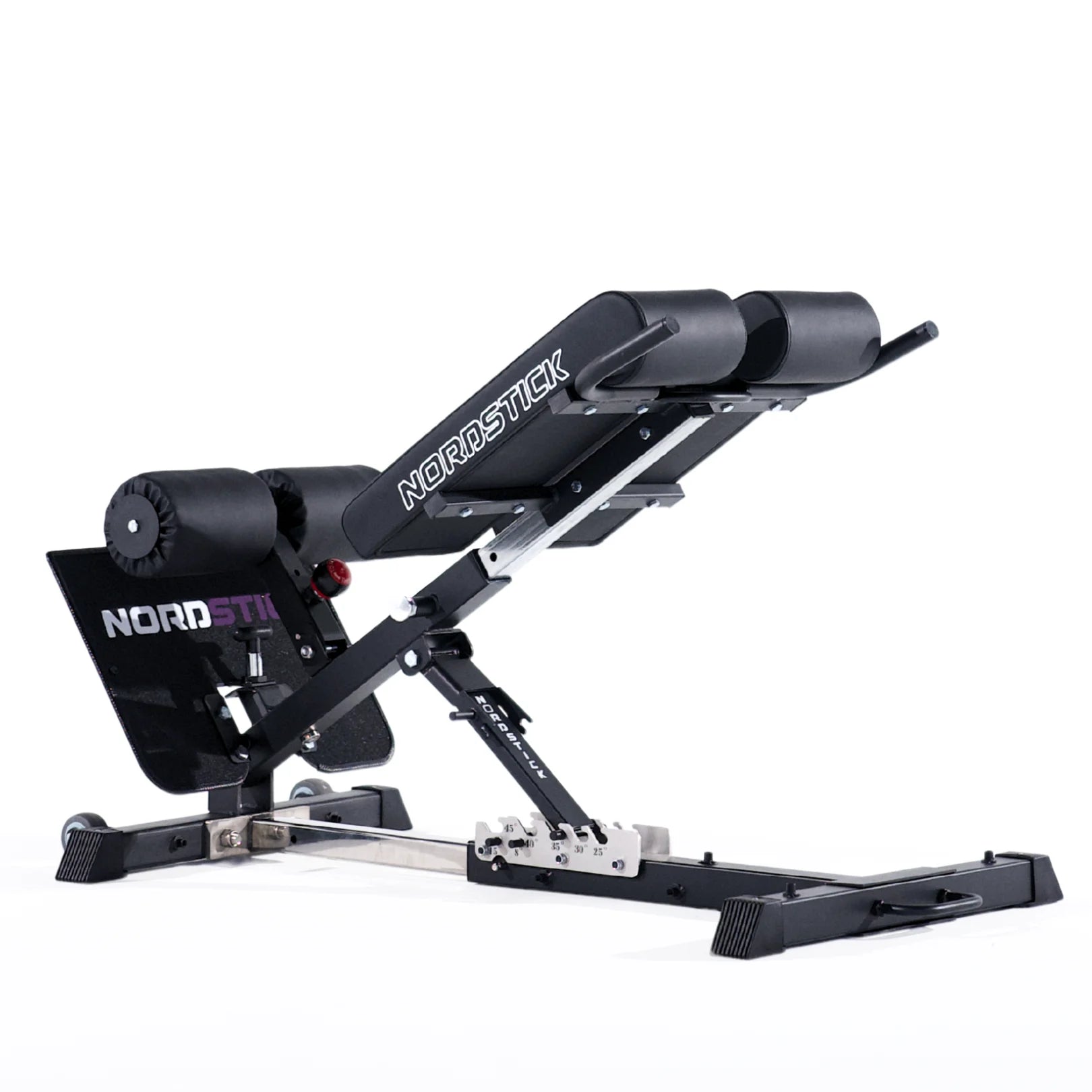





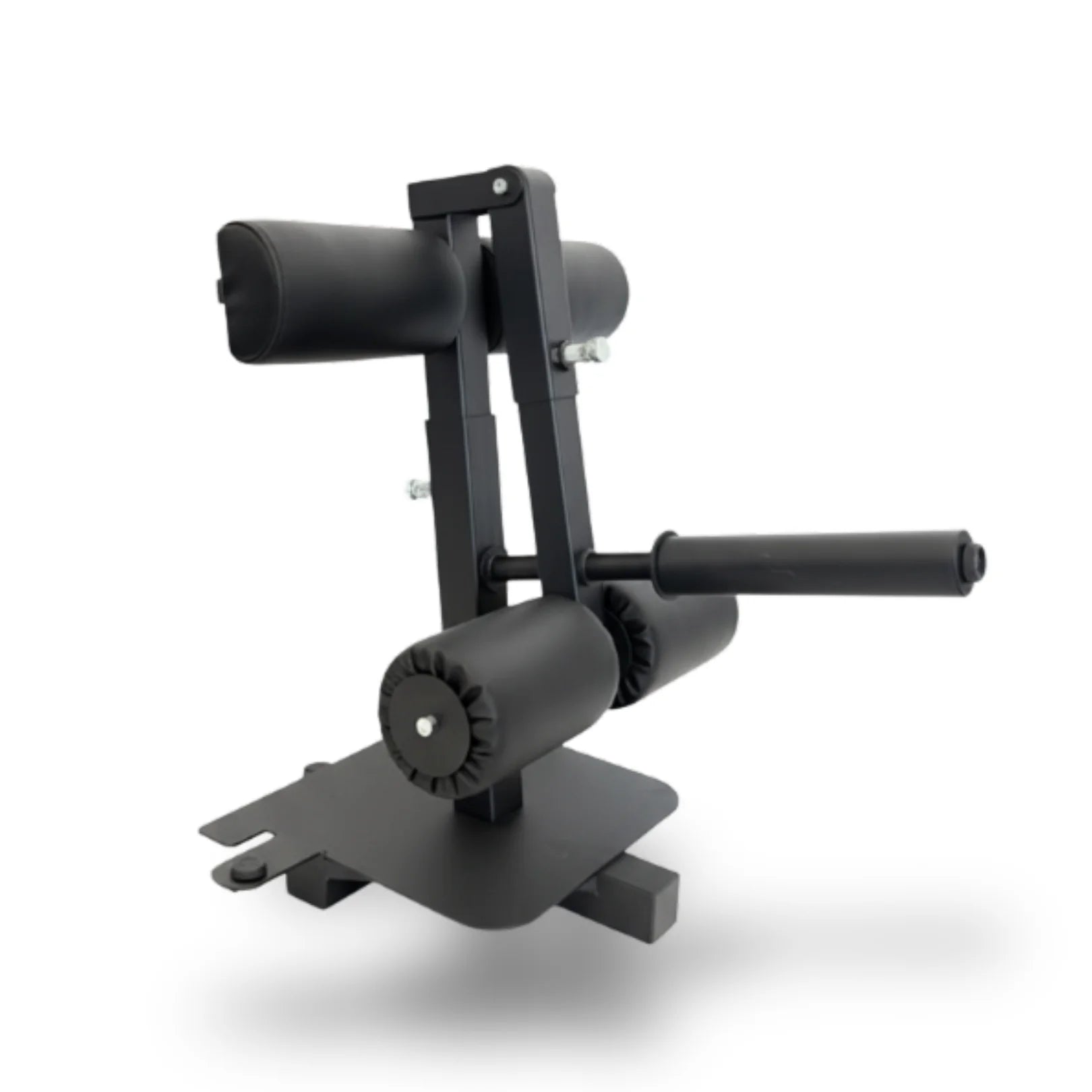
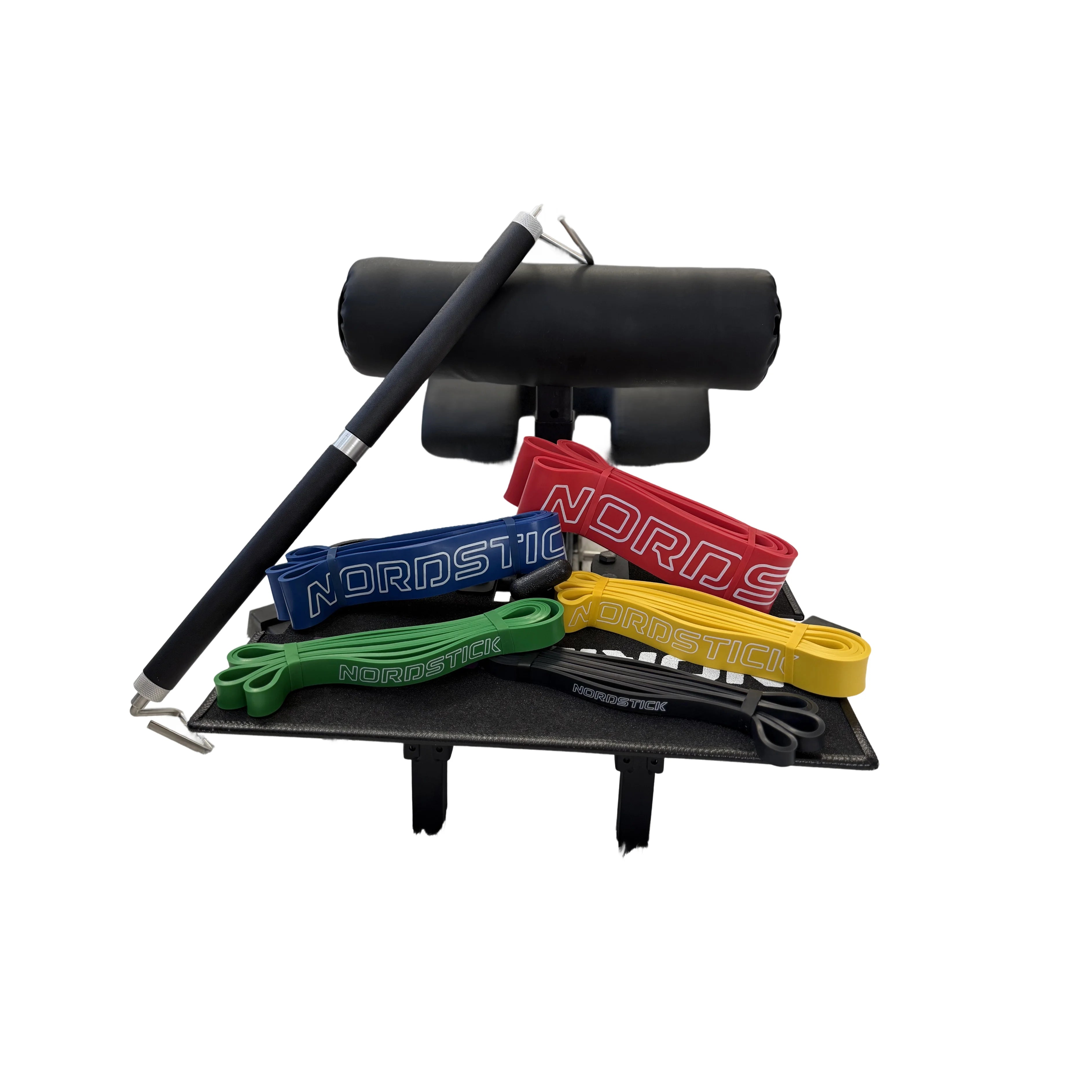
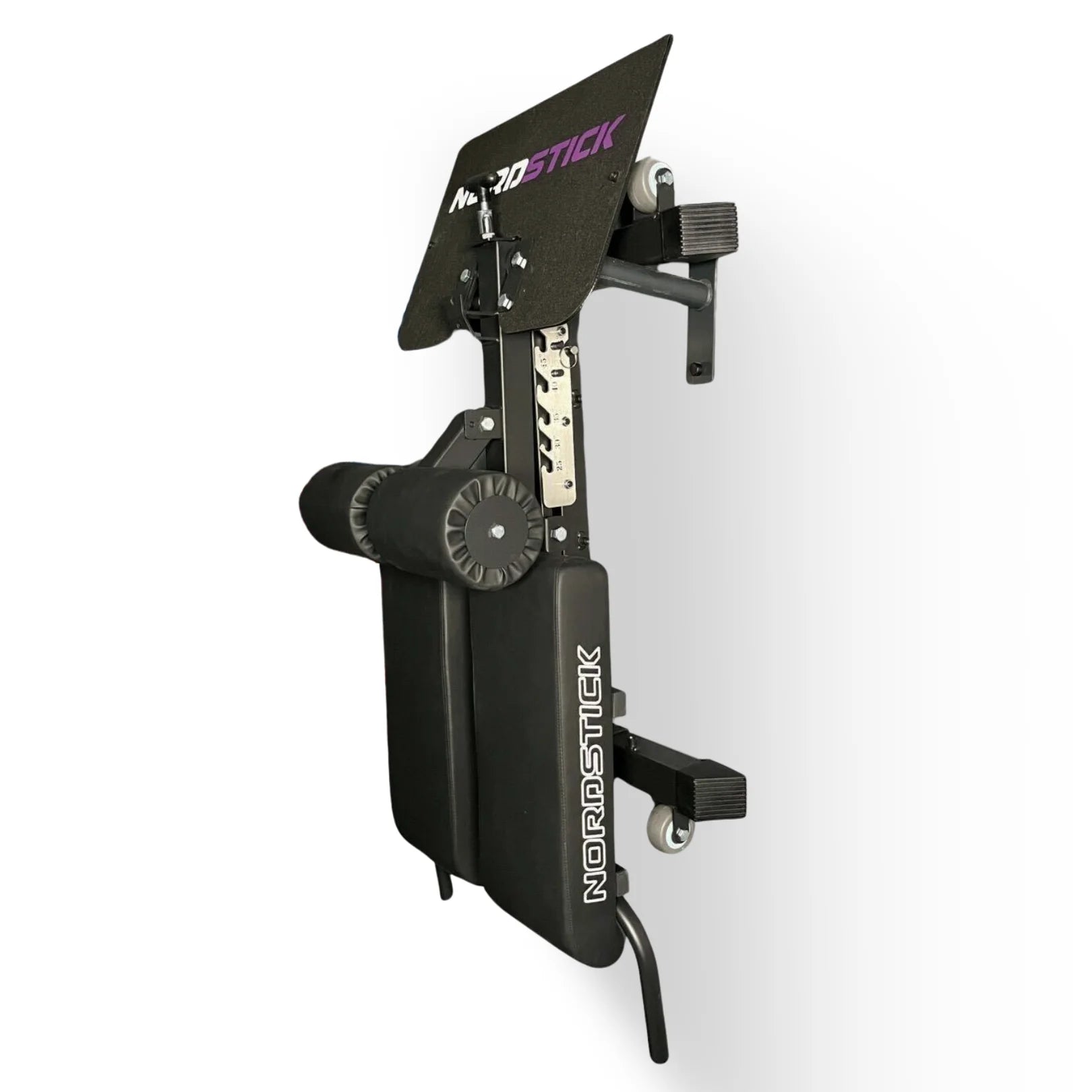
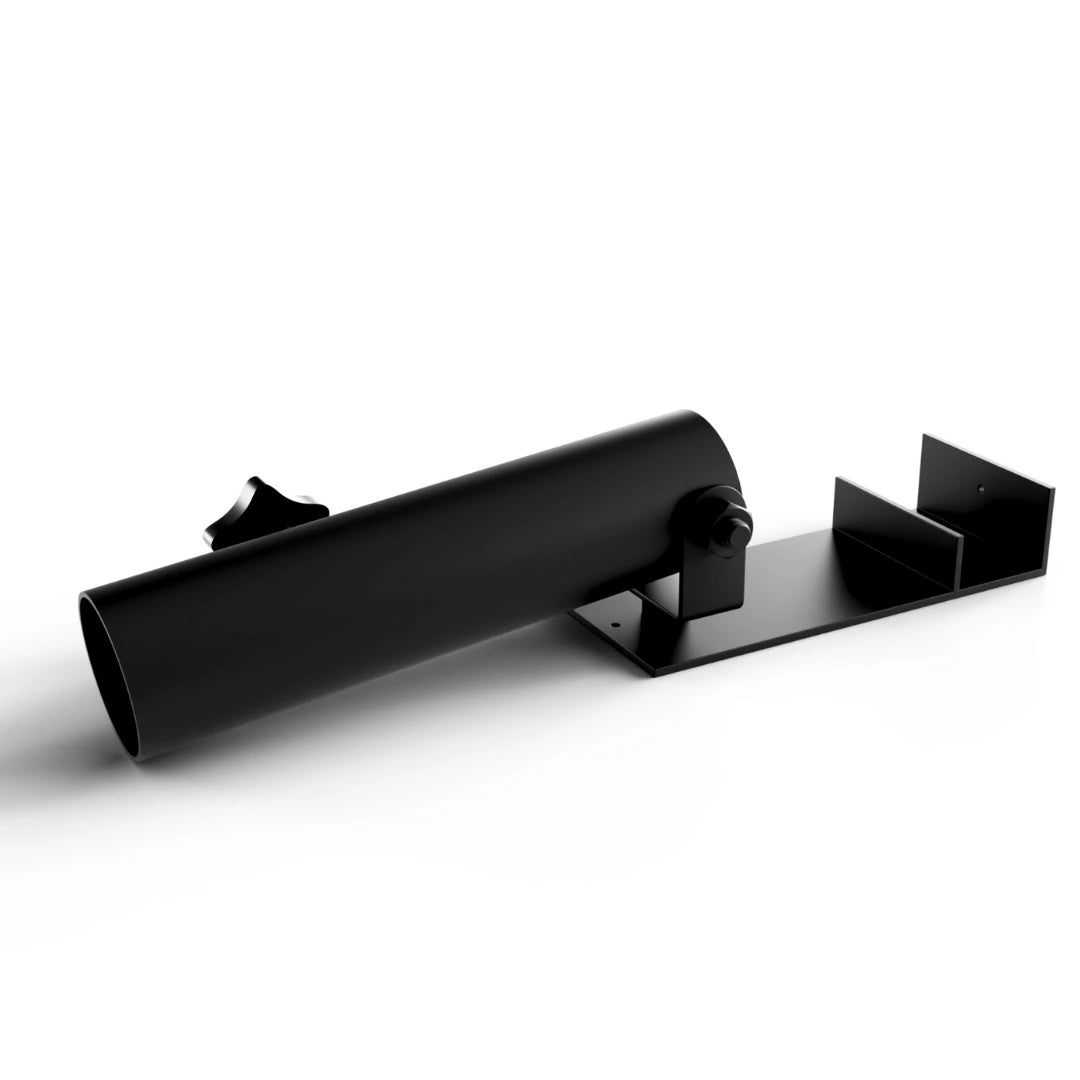
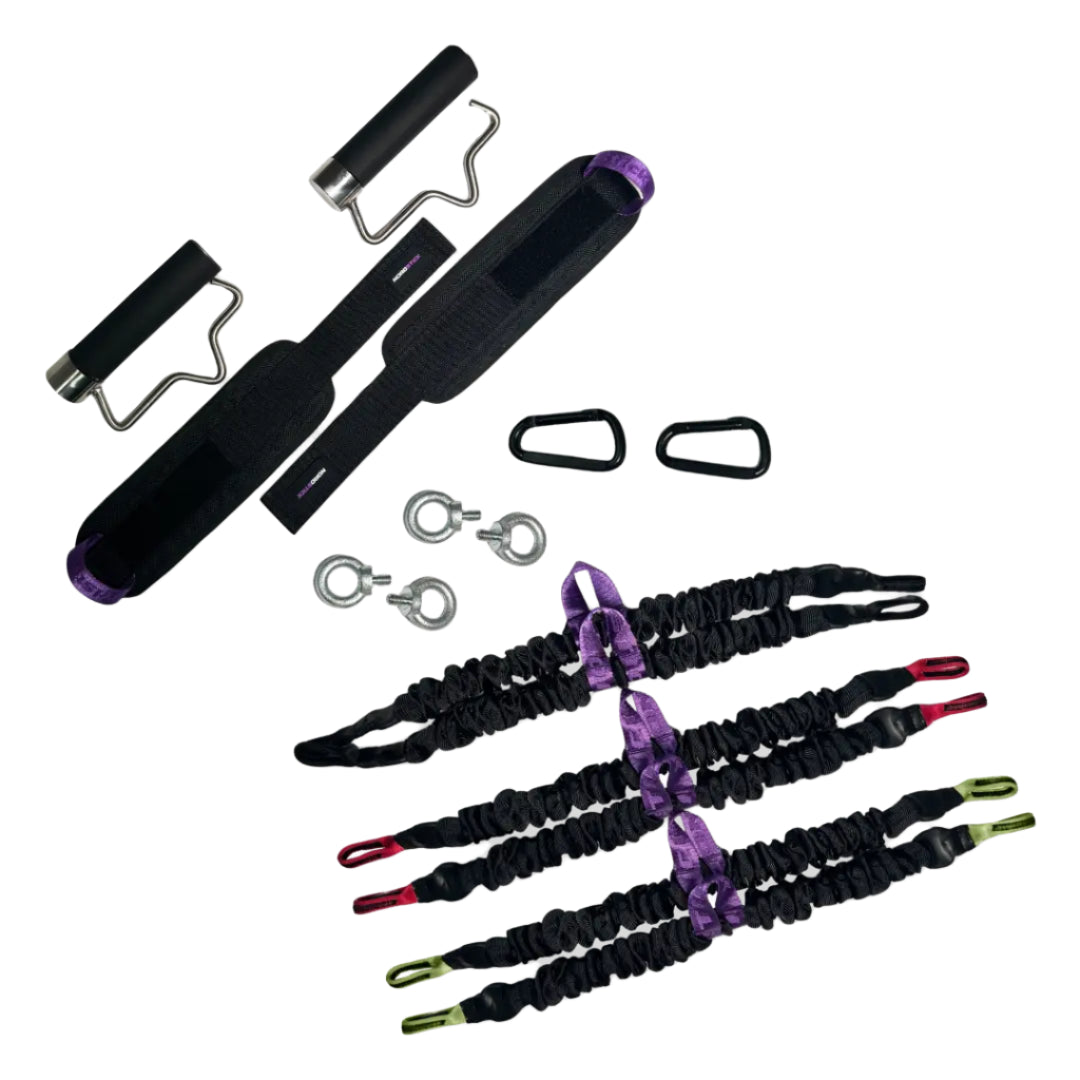
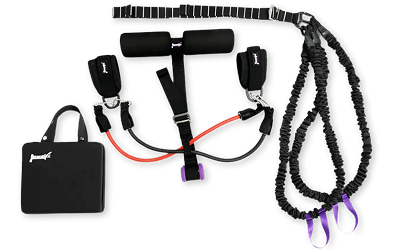
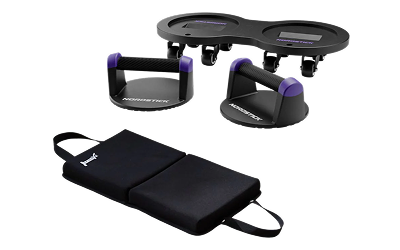
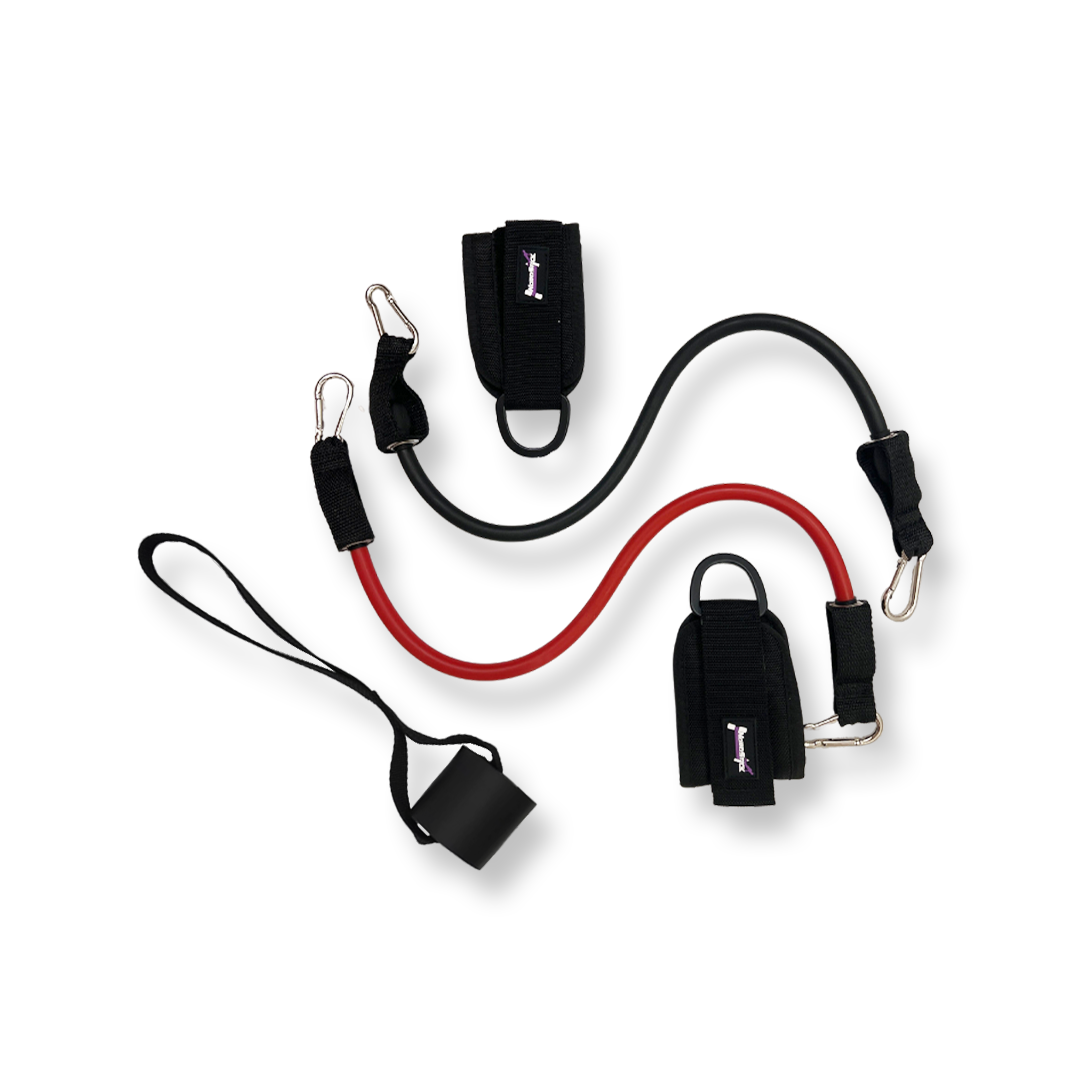
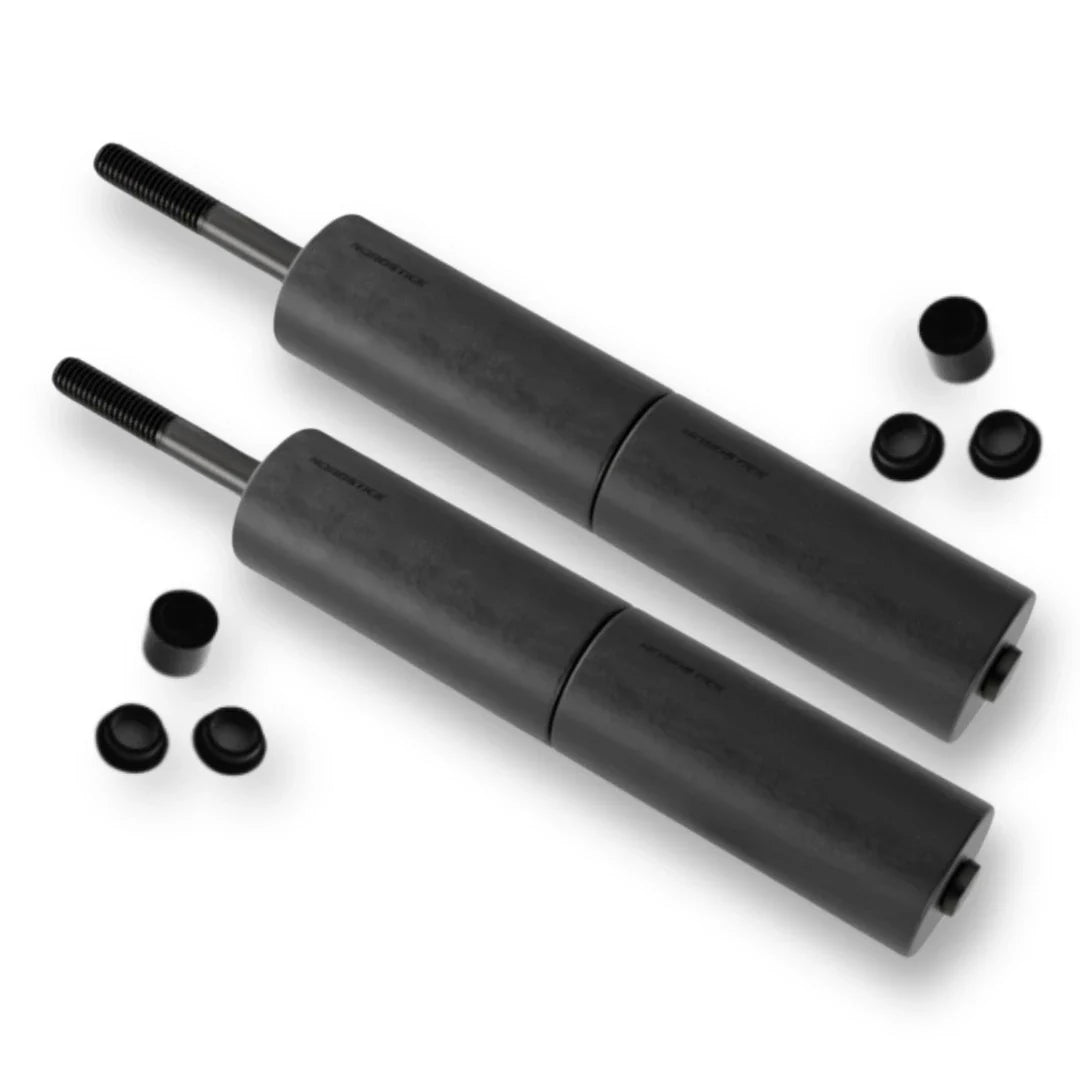
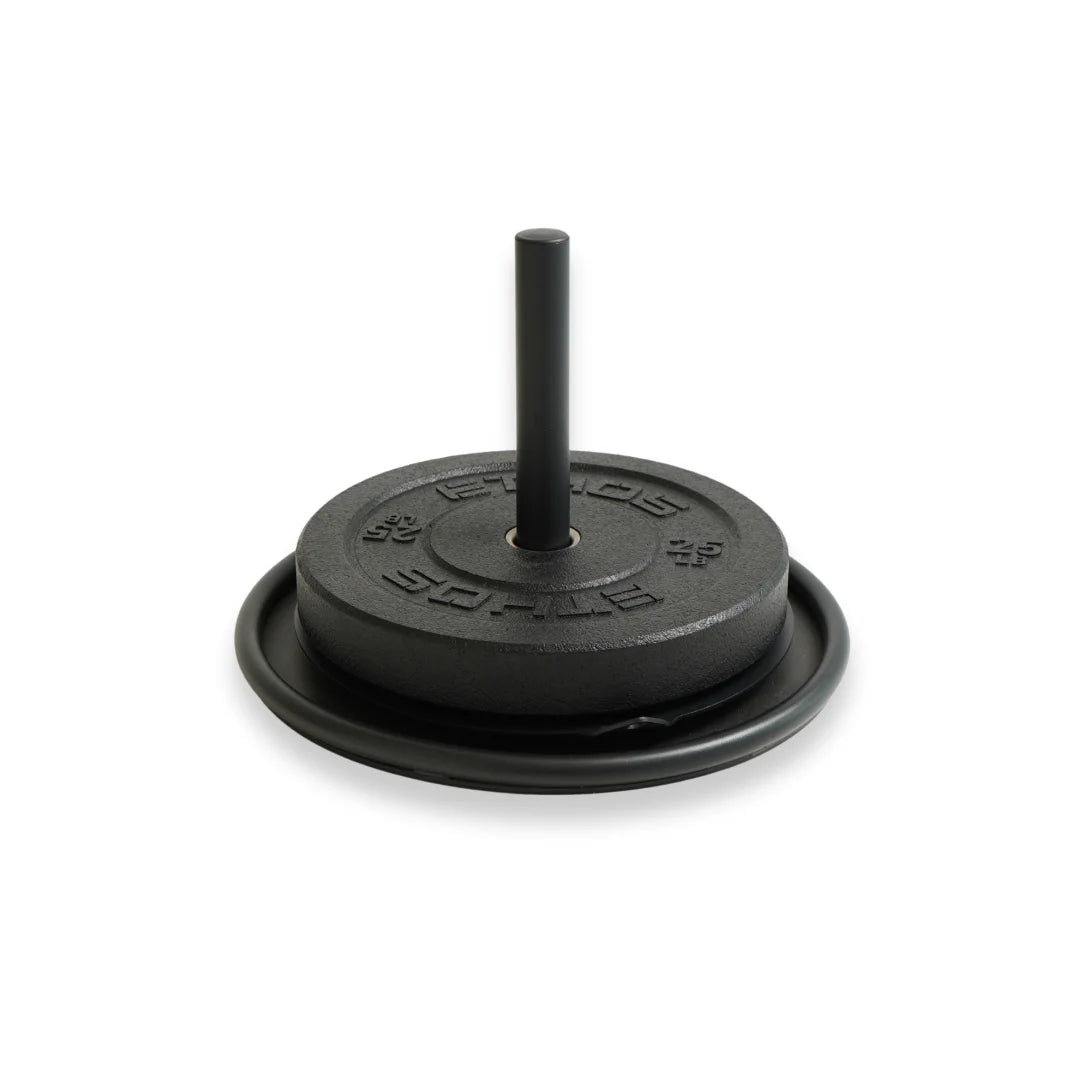
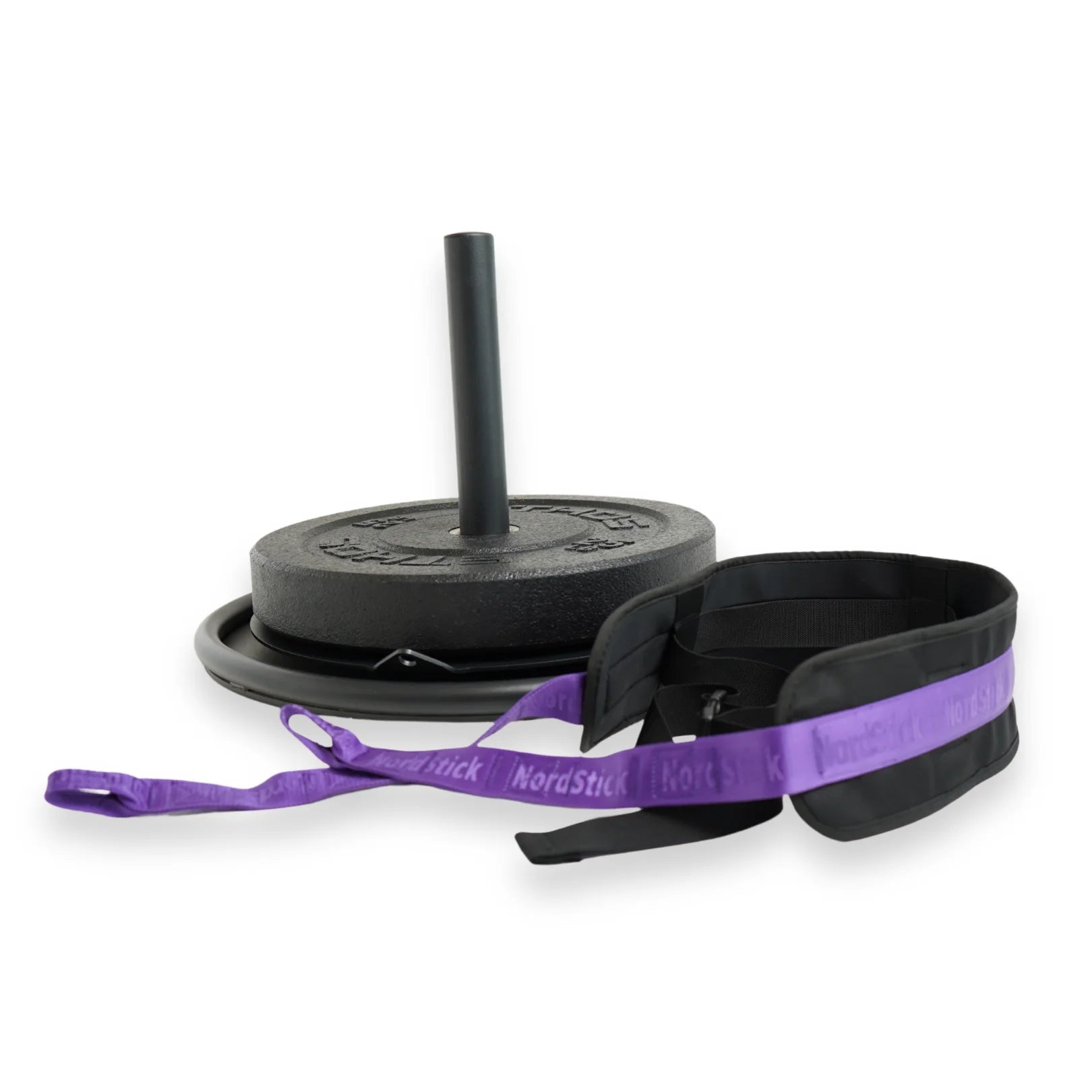
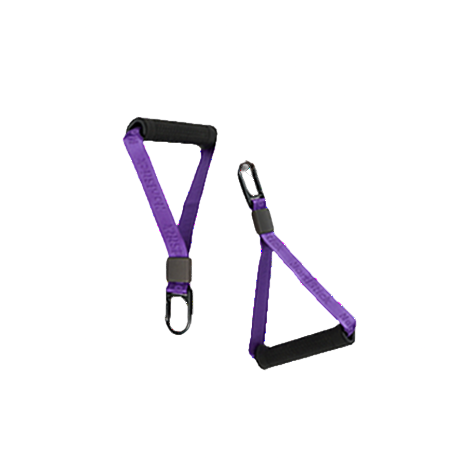
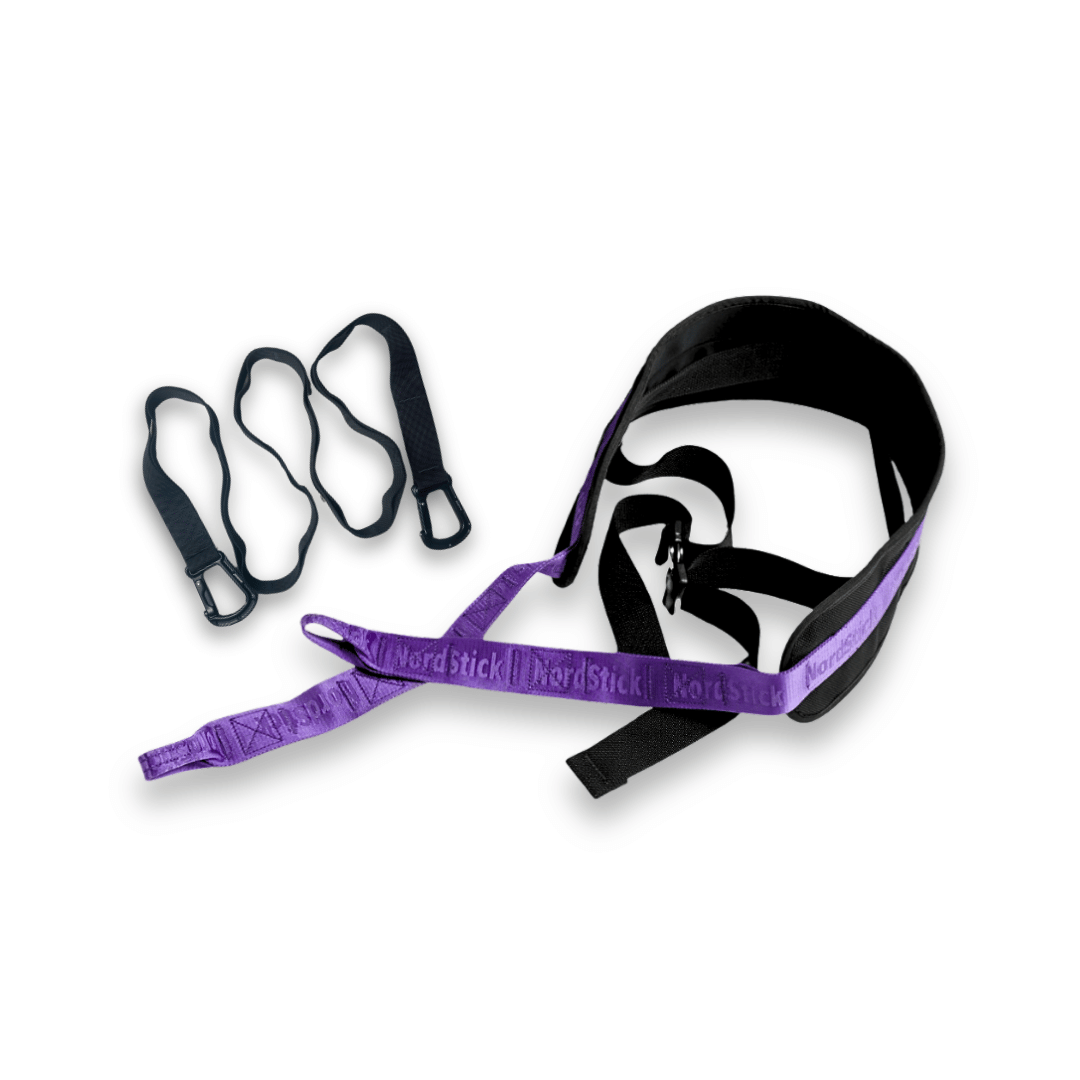
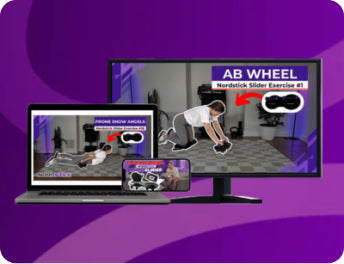




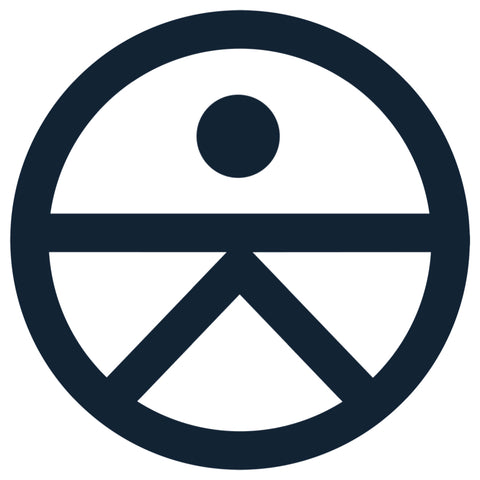
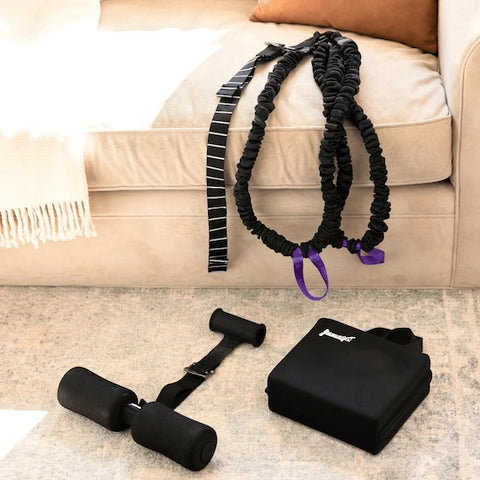


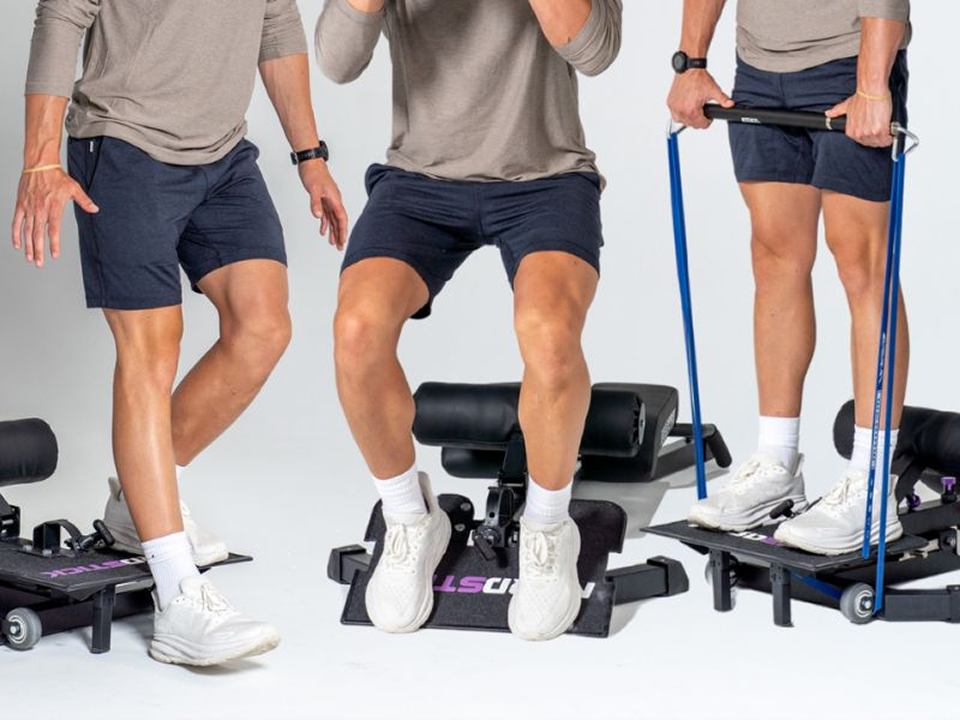
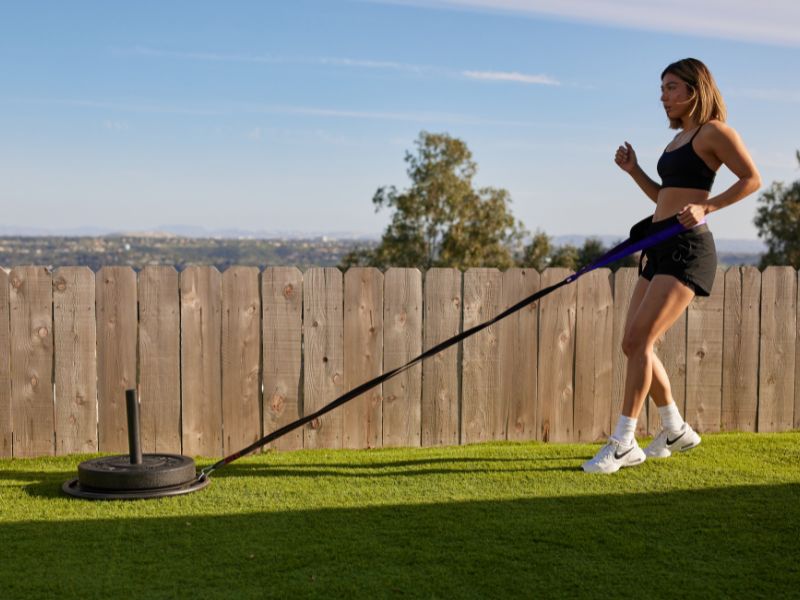

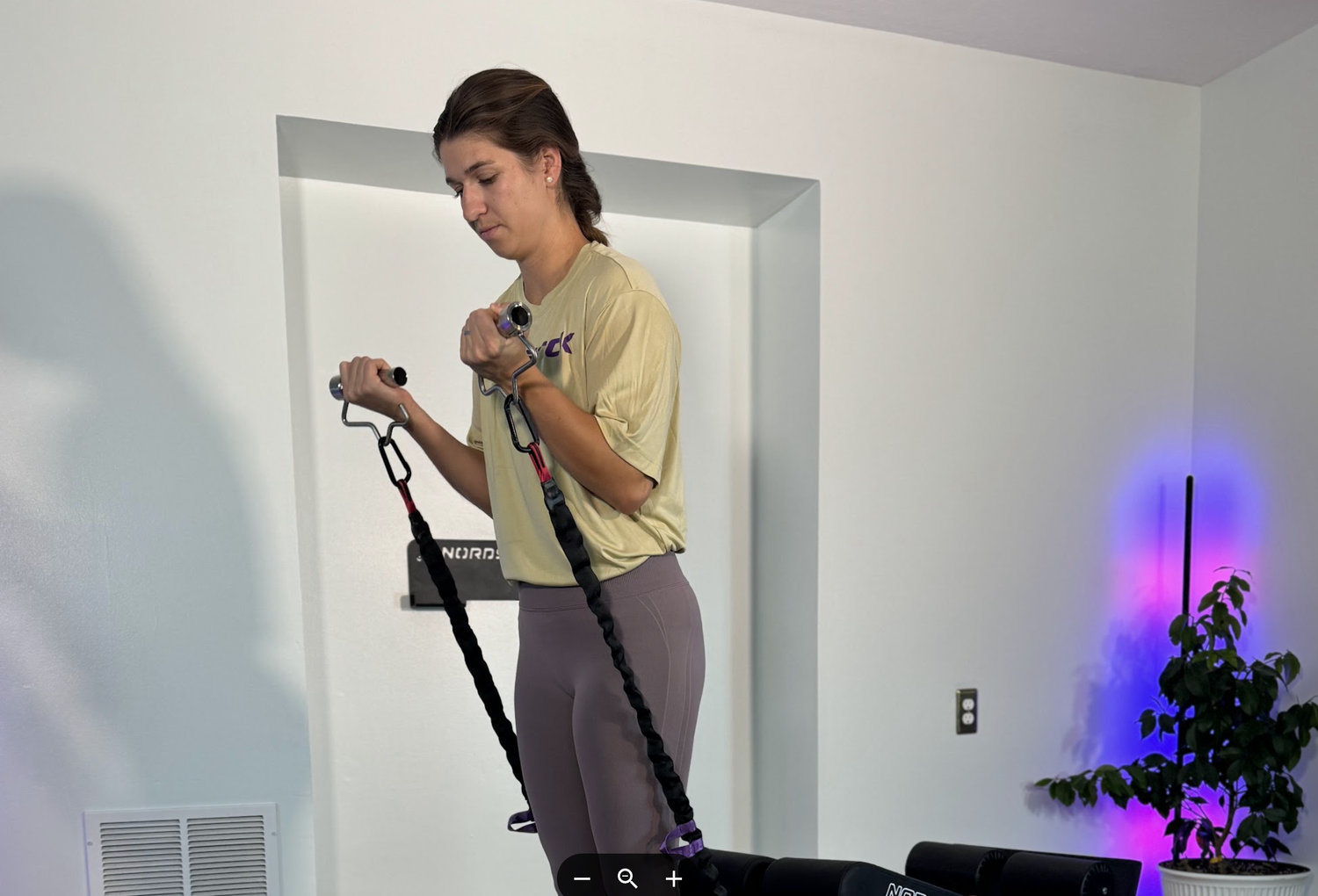
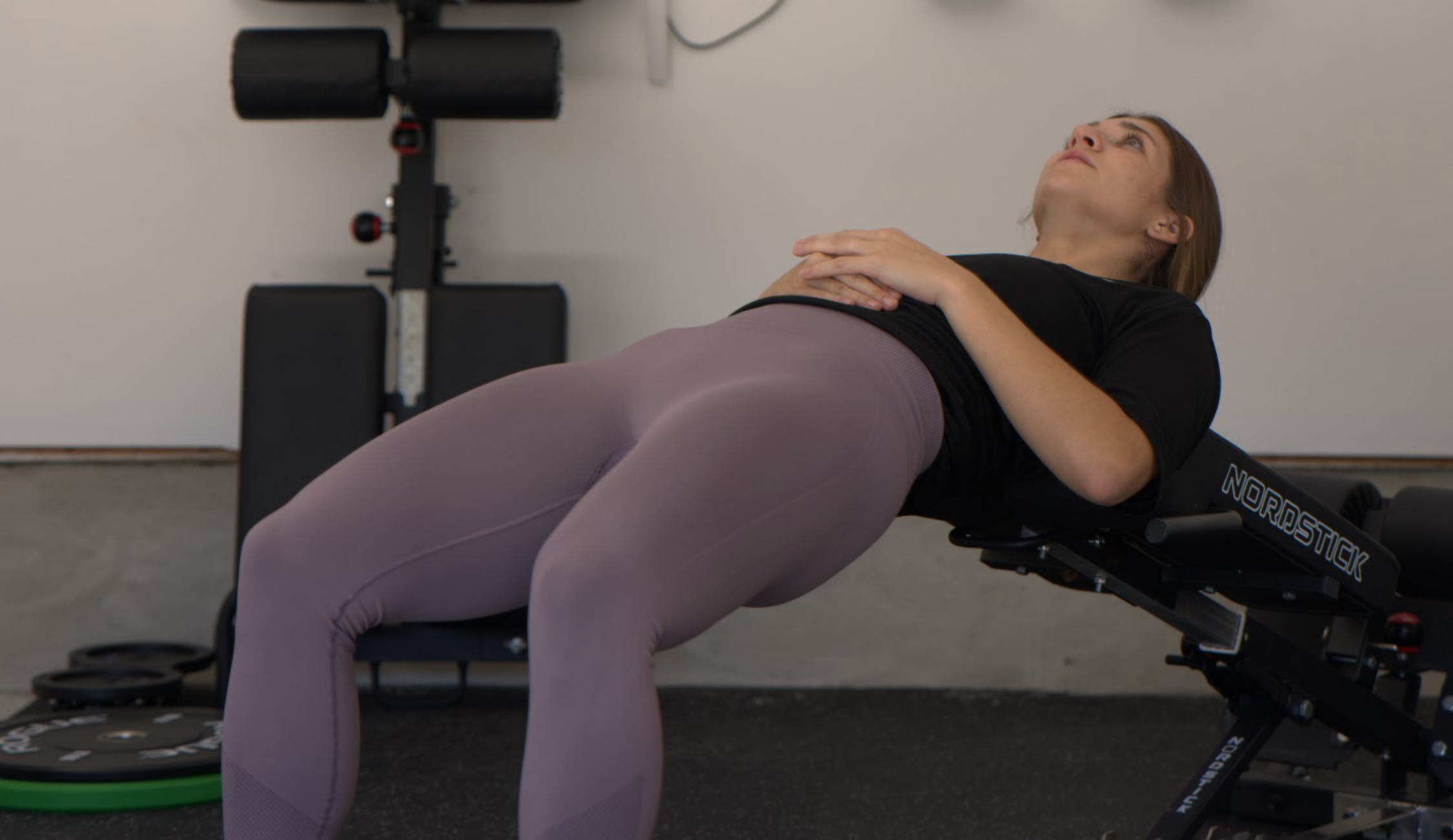




Leave a comment
This site is protected by hCaptcha and the hCaptcha Privacy Policy and Terms of Service apply.